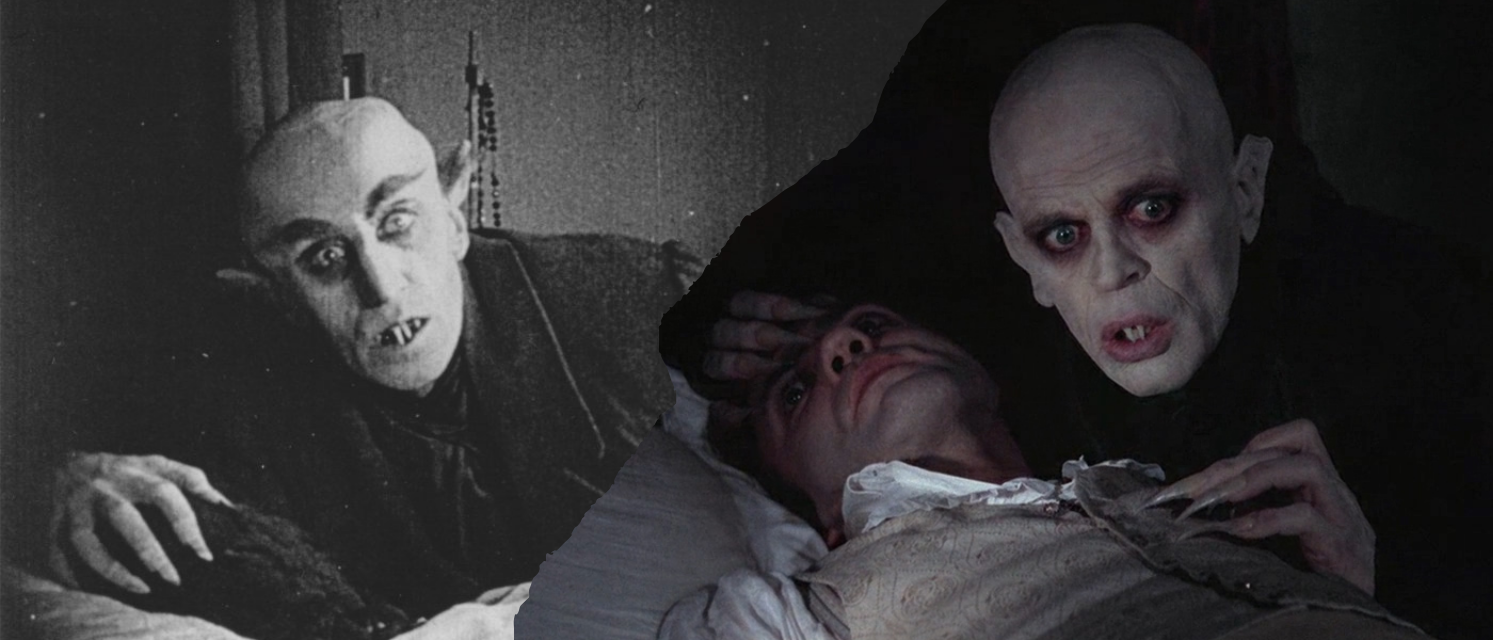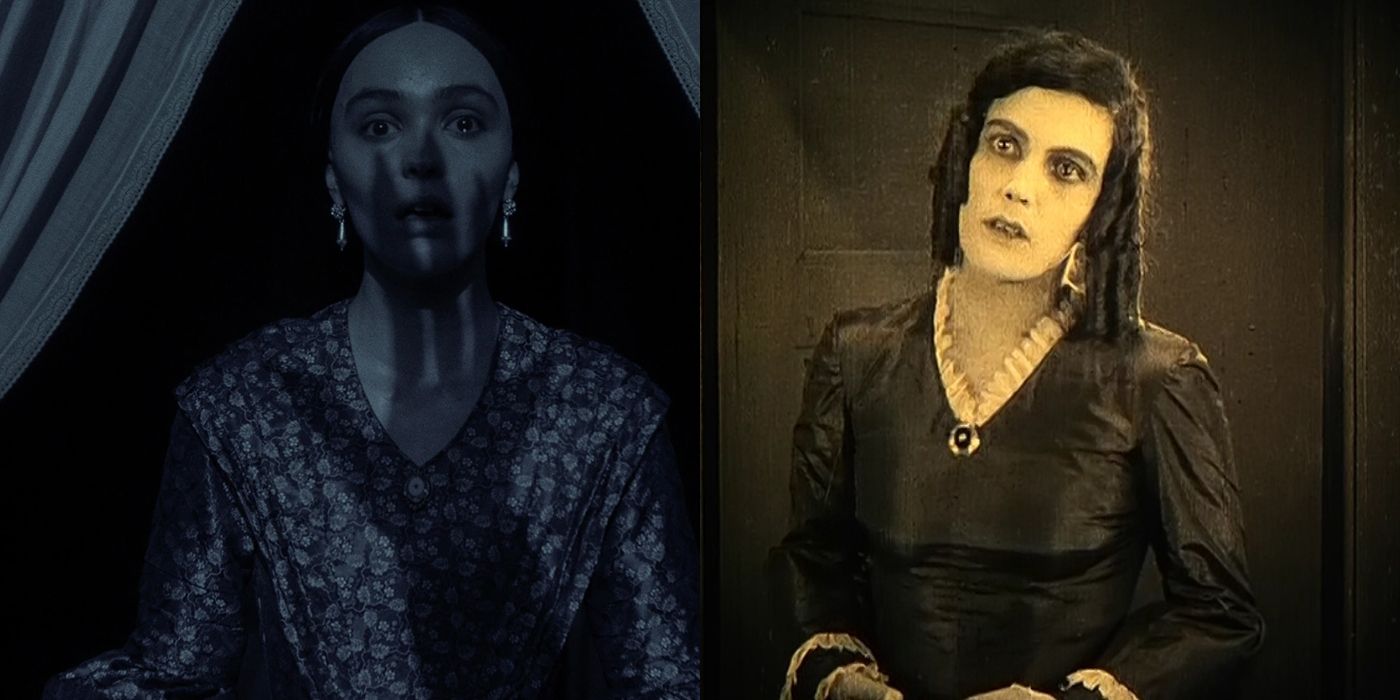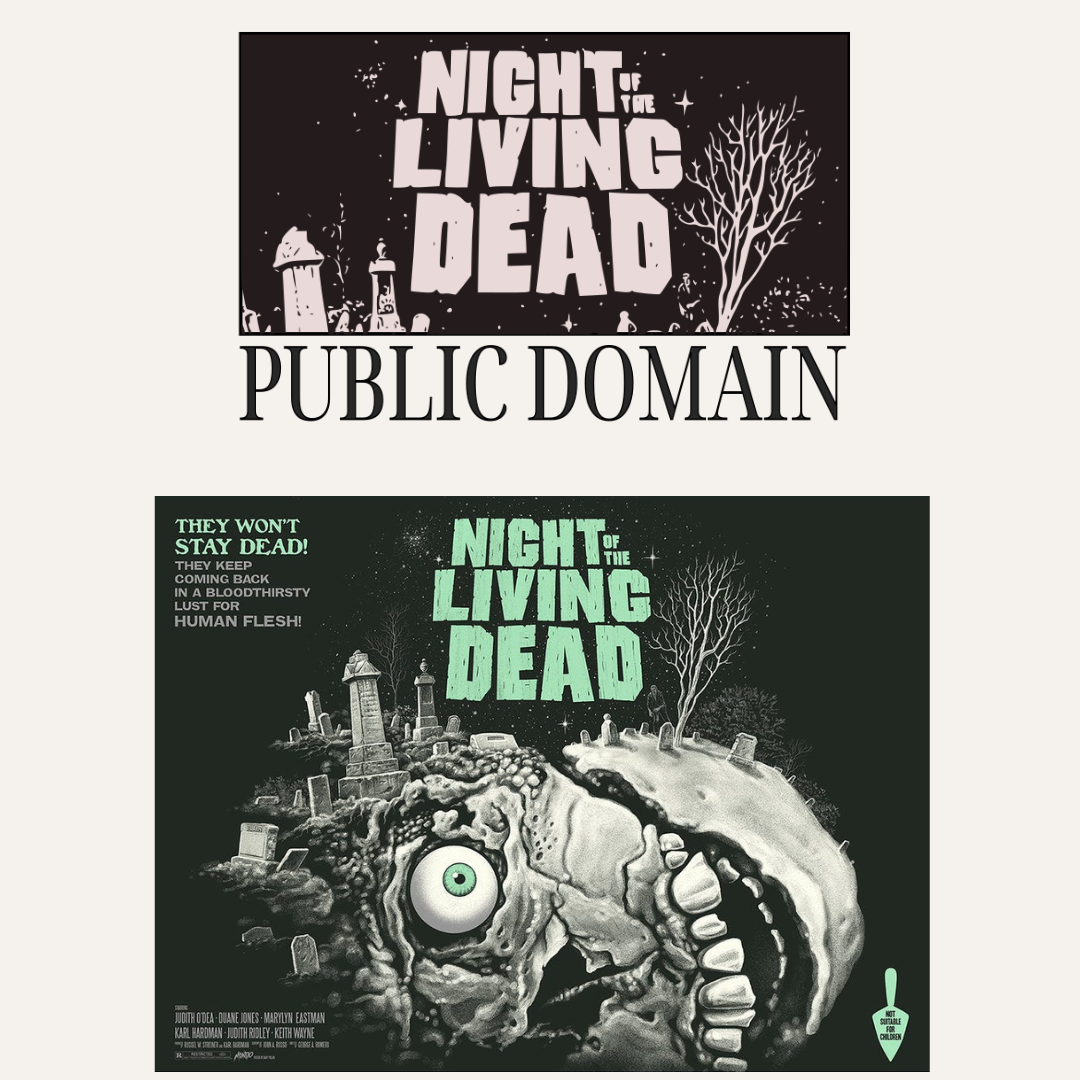
Murnau’s Nosferatu is a cornerstone of cinema history. It was the first significant vampire movie, an unauthorized adaptation of Bram Stoker’s Dracula that narrowly survived legal battles. With its haunting visuals, exaggerated shadows, and Max Schreck’s unforgettable portrayal of Count Orlok, the film encapsulated the fears of a post-World War I world grappling with disease, death, and the uncanny.
Every frame in Nosferatu tells a story. Orlok’s looming shadow creeping up a staircase? Pure nightmare fuel. The use of light and shadow not only set a tone but also established a language for horror cinema that’s still in use today.
Enter Eggers: A Visionary Director’s Take
Robert Eggers, known for The Witch and The Lighthouse, doesn’t just remake Nosferatu—he revitalizes it. His 2024 adaptation brings historical accuracy, psychological depth, and atmospheric dread to the forefront.
Bill Skarsgård takes on the mantle of Count Orlok, infusing the character with a grotesque charm that nods to Max Schreck’s iconic performance while modernizing it for today’s audiences. Eggers’ meticulous attention to detail, from the authentic 19th-century sets to the eerie lighting, amplifies the original’s gothic aesthetic.

Why Nosferatu Still Haunts Us
Why revisit Nosferatu? Because it’s more than a film—it’s a cultural artifact. The 1922 classic influenced countless directors, from Alfred Hitchcock to Guillermo del Toro. Its visual language can be traced through generations of horror, from Dracula (1931) to Hereditary (2018).
Eggers’ adaptation honors this legacy while pushing boundaries. He retains the story’s core themes of obsession and fear but adds new layers of emotional and psychological complexity. His Nosferatu isn’t just a nod to the past—it’s a testament to how timeless stories can evolve.
Old and New: Bridging the Century Gap
While Eggers stays true to the original’s haunting atmosphere, he introduces contemporary storytelling techniques that make the horror feel immediate. The chiaroscuro lighting, a hallmark of the 1922 version, is more intense, almost operatic. The terror of Count Orlok is no longer just a symbol of post-war plague—it’s a deeply personal, visceral horror that reflects modern anxieties.
This blend of homage and innovation shows how Nosferatu continues to resonate, proving that some stories never lose their bite.
Why Public Domain Matters
The story of Nosferatu is a shining example of the importance of the public domain. When Murnau created Nosferatu, he didn’t have the rights to adapt Dracula. Legal disputes ensued, and most copies of the film were ordered to be destroyed. Yet, thanks to the public domain, Nosferatu survived and went on to inspire countless creators.
Now, as part of the public domain, Nosferatu can be freely shared and adapted. Robert Eggers’ reimagining couldn’t exist without this freedom. It’s a reminder that art doesn’t belong to one individual or entity—it belongs to everyone who engages with it.
The public domain allows timeless stories like Nosferatu to evolve, inspiring new generations while preserving their cultural significance. At Public Domain Shop, we celebrate this creative spirit by offering merchandise inspired by iconic works like Nosferatu and making classic films available to all. If you like what we stand for why not check out how we use our public domain classics.



